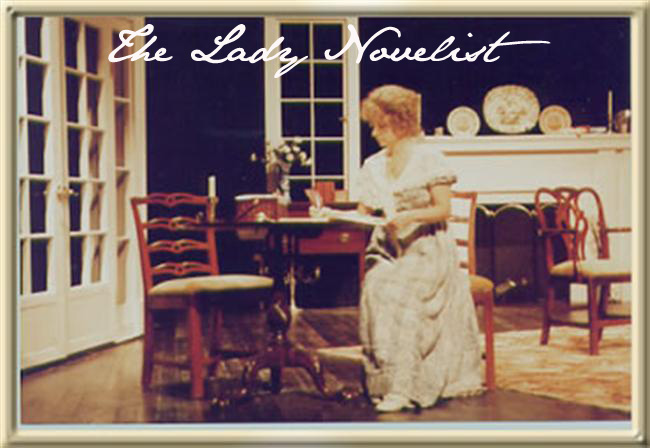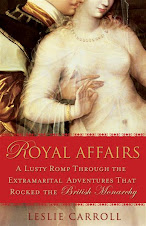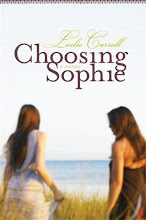 We'd grown accustomed to its vase.
We'd grown accustomed to its vase.
This afternoon I said good-bye to a friend of over 30 years' acquaintance. He was 2500 years old--but
still. After residing since 1972 as the crown jewel in the Metropolitan Museum of Art's Greek and Roman Art galleries, the calyx-krater (a vessel used for mixing water with wine) known as the "Euphronios krater" after the name of its painter, will be repatriated to Italy as part of a deal made in 2006 between the museum's director, Philippe de Montebello, and the Italian government.
Terracotta calyx-krater (bowl for mixing wine and water), Calyx-krater, ca. 515 B.C.; ArchaicSigned by Euxitheos, as potter; Signed by Euphronios, as painter Greek, Attic Terracotta; H. 18 in. (45.7 cm), Diam. 21 11/16 in. (55.1 cm)Lent by the Republic of Italy (L.2006.10) According to
The New York Times, the Italians
have long contended that the artifact was illegally excavated from a tomb in Cerveteri, near Rome. The Met bought the krater in 1972 for $1 million from Robert Hecht, an antiquities dealer who is now on trial in Rome on charges of conspiring to traffic in looted artifacts. (Mr. Hecht denies the charges.)Under the terms of the pact, the Met is returning 21 objects that Italy said were looted, and the Italian government is lending the Met a series of rare ceramic antiquities. The first arrived in late 2006, and three more are to be installed by Wednesday in the Met’s Greek and Roman galleries.
The dodgy provenance (history) of the Euphronios krater and several other works of art made the news a couple of years ago when it was revealed that a number of American museums, including the Met, and the Getty, in Los Angeles, might have acquired a handful of treasures in their permanent collections via something of a gray market. Not quite a farmer with a pickup truck nudge-nudging the elegant and erudite curators with the suggestive "Hey, I've got an Etruscan vase for sale," but not that far off the mark, either.
Good thing I picked up Friday's
Times, which alerted readers to the Euphronios krater's last weekend in NYC. So I had to make a special trip to say farewell to a vase that played a seminal role in my life.
Soon after the vase came to the Met, my high school freshman Ancient History class, (itself ancient history, by now) took a class trip down to the museum to study it. A couple of years later, my Art History class made a repeat pilgrimage.
Although the Met has a few vessels of similar size dating from the same era, the Euphronios calyx-krater has several unique credentials that place it above the others in the museum's comprehensive collection of red- and black- figured Attic vases. For one thing, it's, to use a lay term -- better. Why? Because of the details, and the skill employed in the actual rendering of the figures. The subject matter, too, makes it unique. It is a Greek vase by Greek artists, that honors a fallen hero who had fought on the Trojan side of the conflict. The vase tells a story--two stories, in fact, because there's a narrative on each side of the vase, separate, yet connected to the other one.
The scene that Euphronios painted depicts an episode from the Trojan War. The Lycian king, Sarpedon, son of the chief god Zeus and the mortal Laodamia, and a leader of the Trojans' allies, has just been slain in battle. Blood still flows from his wounds. The messenger-god Hermes stands at the center with his hand raised. He is giving directions to two winged figures, the twin brothers Sleep (Hypnos) and Death (Thanatos), who will carry the fallen hero back to his homeland in Lycia for burial. Lycia was at the time a region in Asia Minor, which is also where the ancient city of Troy was geographically located.
In the story of the Trojan War, even though Zeus was aware that it had been pre-ordained that Sarpedon would die by the hand of Patroclus (the Greek comrade-in-arms, and probable lover of the great Achilles), he hoped to prevent the inevitable.
However, his wife Hera (who wasn't crazy about all the bastard kids Zeus had begotten on mortal women) reminded him that other gods' sons were fighting and dying and other gods' sons were fated to die as well, if Zeus should spare his son of his fate another god may do the same. Reluctantly accepting this rationale, the heartbroken Zeus permitted Sarpedon to die while fighting Patroclus, but not before killing the only mortal horse of Achilles. During their fight Zeus sent a shower of bloody raindrops over the Trojans' heads expressing the grief for the impending death of his son.
This is the narrative depicted on the obverse side of the vase. On the reverse side (the object is round, so I left it to the curators to tell viewers which side is considered which), are a group of Athenian youths arming for battle, dressed as they might have appeared in the late 6th century when the vase was created . Two of the men carry round shields, also called "targets." On one shield is the image of a scorpion; on the other, a crab. I'm still waiting for someone to discourse on whether there is any particular astrological resonance there.
My late grandmother, Norma Carroll shared with me from my earliest childhood (I kid you not!) her passion for ancient Greek art and antiquities. This was the woman who brought me to see the nude statue of Zeus (or do they think it's Poseidon these days?) in the lobby of the United Nations. I was all of three years old and he was the first naked man I'd ever seen. For an oversize statue, he's not exactly anatomically proportionate--which might have really screwed me up later in life--but I digress.
So much did "Mama" adore the culture of ancient Greece that she named my mother Leda. So, it stands to reason that I might feel a deeper-than-average affinity with the character of Helen of Troy, Leda's demimortal daughter, sired by Zeus himself who was disguised a a swan at the time.
I bifurcated my writing career in 2005, adding historical fiction to my resume with the publication of THE MEMOIRS OF HELEN OF TROY, told from the first person point of view in Helen's voice. The novel is dedicated "to my mother, Leda," an inside joke that happens to be the truth.

So, because my emotional connection to the history and culture of ancient Greece runs rather deep, I had to pay my last respects to the Euphronios krater.
Today, on its last day in New York before it heads to Italy, it was easy to find the Euphronios krater in the galleries of Greek vases. There was no special signage directing traffic -- no "Step right up ladeeees and gentleman! Last chance to see the famous vase before the krater gets crated!" but it was the one surrounded by a mob of people grabbing one final peek at this treasure, savoring the memories with their cellphones and digital cameras.
Tacky, maybe, but I later discovered that the Met doesn't sell a postcard of it. One man joked that the Italians had pre-empted him from turning it into an umbrella stand. One woman, bundled up in a pale pink shearling coat, matching scarf, and fetching fur hat, was silently sobbing. (Okay, that was me).
I'm a sentimental softie anyway, so it takes very little before I tear up. But the Euphronios krater took me back to my teen-hood, to high school history courses and flirting with the cutest guy in the class by sneaking him candy-corn while we were ogling the Met's latest star acquisition and committing to memory why it was so special. This will be on the final, kids. And it took me back even further than that--to my maternal grandmother and her passion for all things Attic, even though (as far as I know) we have no Greek blood flowing through the branches of our family tree. And then I closed the circle by writing my Helen of Troy novel.
Regardless of the politics, of the "rights" and "wrongs" of repatriation of some of the world's greatest works of art, acknowledging how much I'll miss this vase is just another reminder of how much I miss my grandmother.
How about you? Are there any works of art that you "grew up with" that have special resonance for you?

+for+blog+header+copy.jpg)

.jpg)

.jpg)
.jpg)




